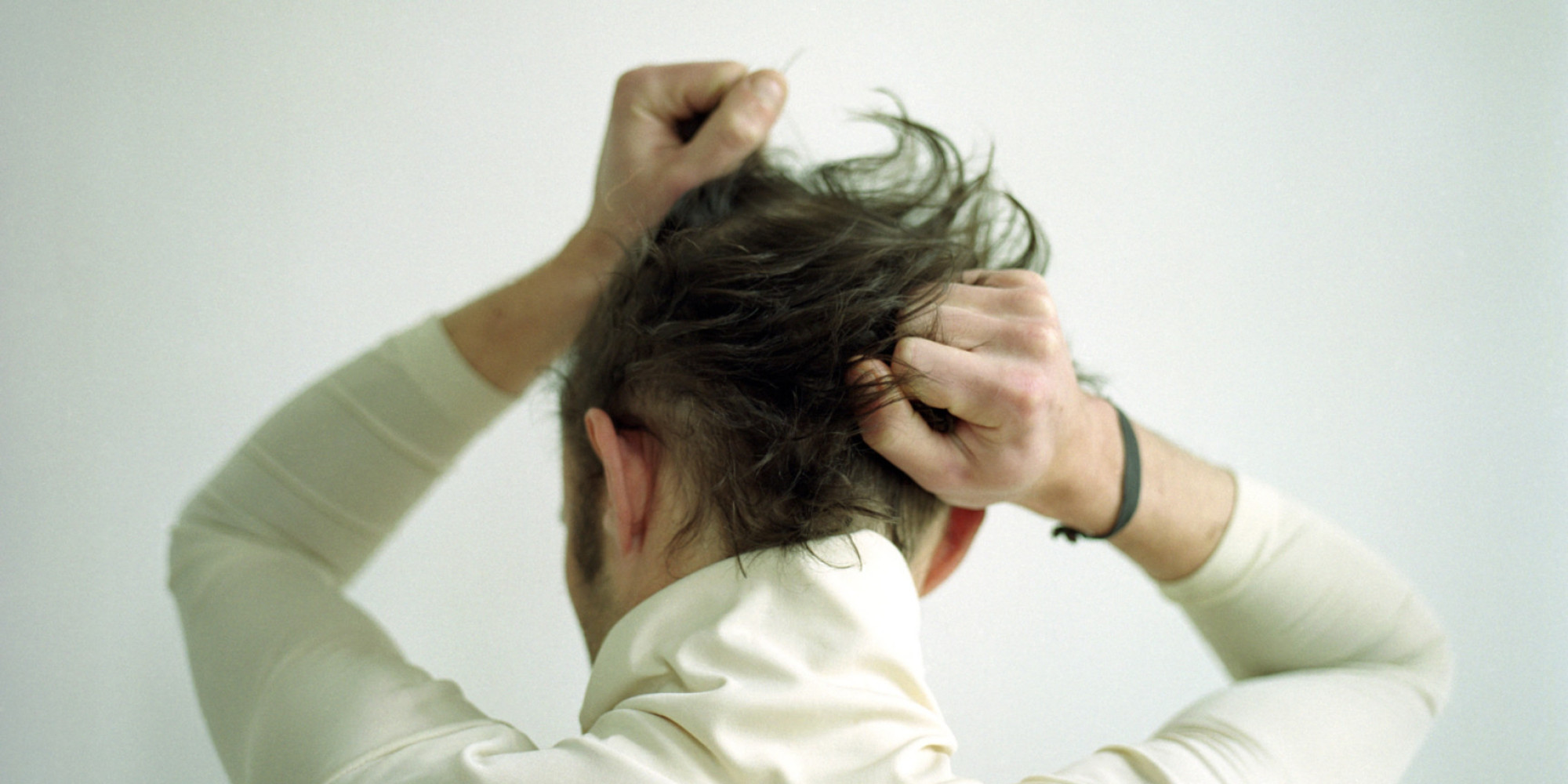
Pulling Hair Out Quotes. QuotesGram
Trichotillomania (pronounced: trik-eh-til-eh-MAY-nee-uh) is a strong habit that causes people to pull out their own hair. They may pull hairs from their scalp, eyebrows, eyelashes, or pubic area. People may pull out a few hairs at once or one strand at a time. Some may look at, play with, chew, or eat the hair after pulling it out.

The Disheroons Sometimes You Just Want To Pull Your Hair Out
Healthy, shiny hair is a 'mane' concern for most women. 3. Pulling or Braiding Hair Makes It Grow Faster. The pressure from pulling or braiding your hair opens up the blood vessels and increases the flow of blood to the follicles, bringing all the necessary nutrients for optimal growth. Hence, the hair grows faster.
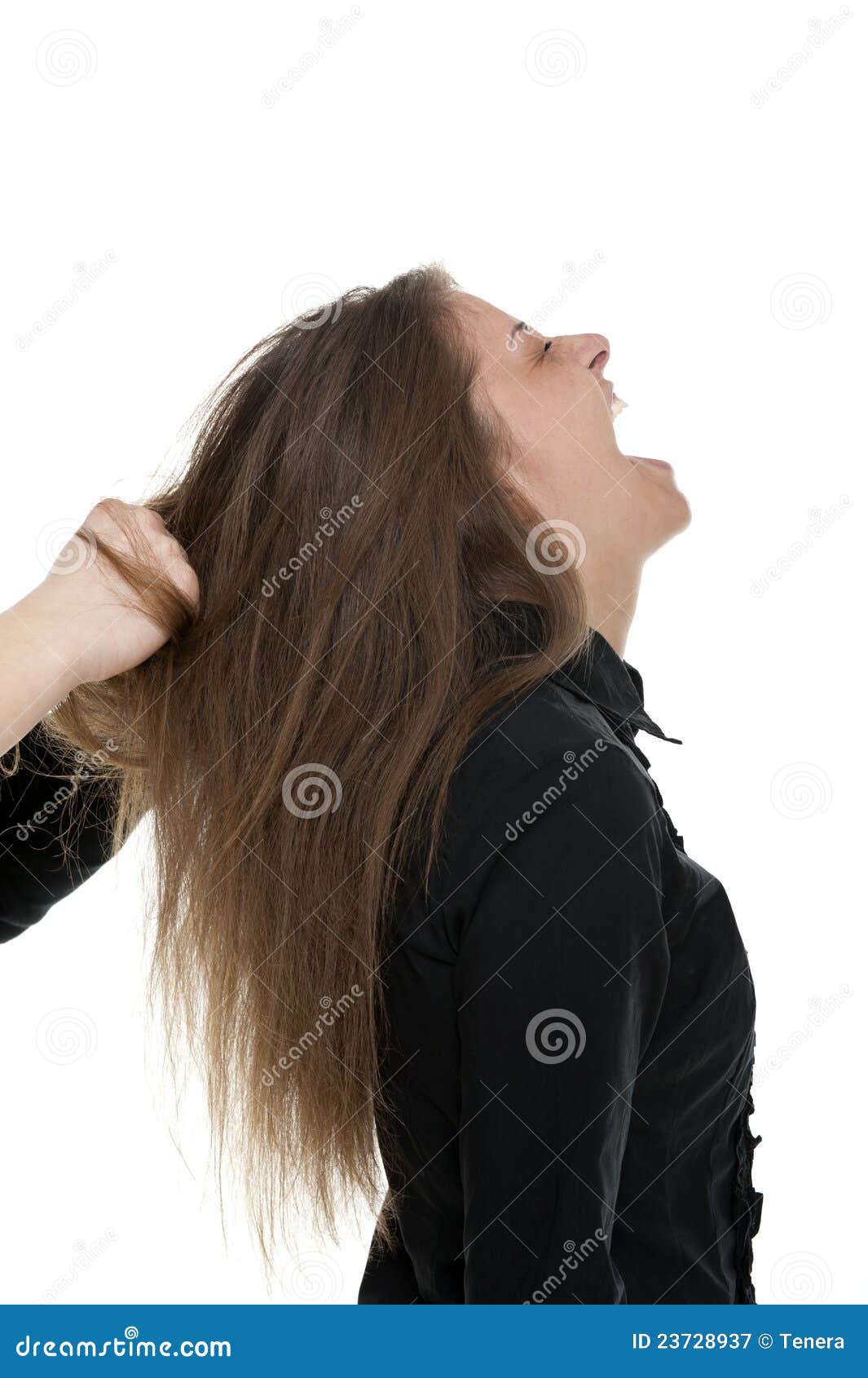
Pulling woman s hair stock image. Image of woman, violence 23728937
Trichotillomania, or hairpulling disorder, is a mental health condition that causes a compulsive urge to pull out hair. The disorder falls under the body-focused repetitive behavior (BFRB).
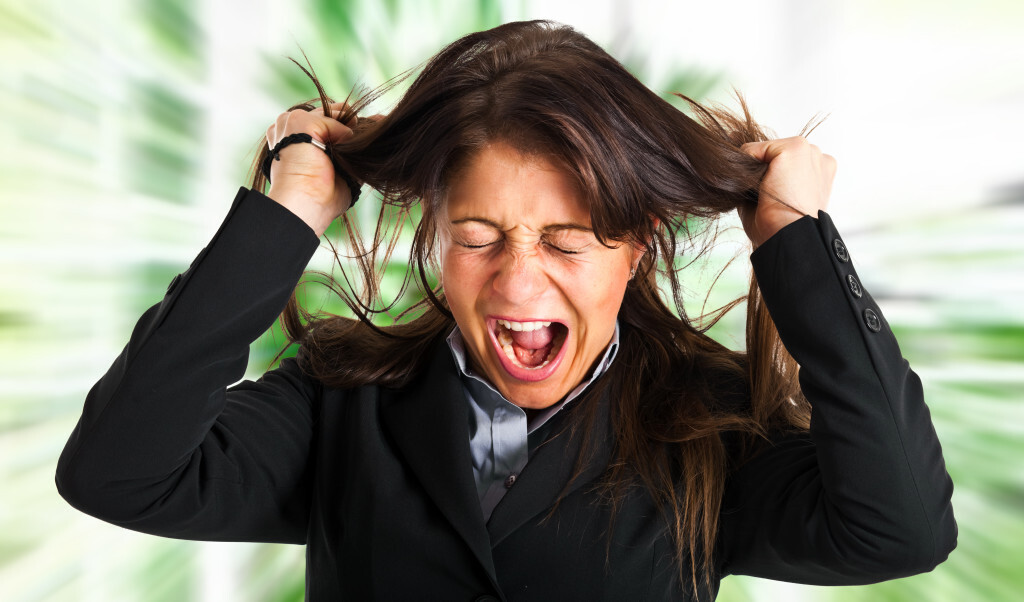
3 Good Reasons Why NonProfits Need Better Budgets Bplans
15 min read What Is Trichotillomania? Trichotillomania is a type of impulse control disorder where people have an irresistible urge to pull out their hair, usually from their scalp, eyelashes,.

Ready to pull your hair out? Bella Capelli SalonSpa
Trichotillomania (trik-o-til-o-MAY-nee-uh), also called hair-pulling disorder, is a mental health condition. It involves frequent, repeated and irresistible urges to pull out hair from your scalp, eyebrows or other areas of your body. You may try to resist the urges, but you can't stop.
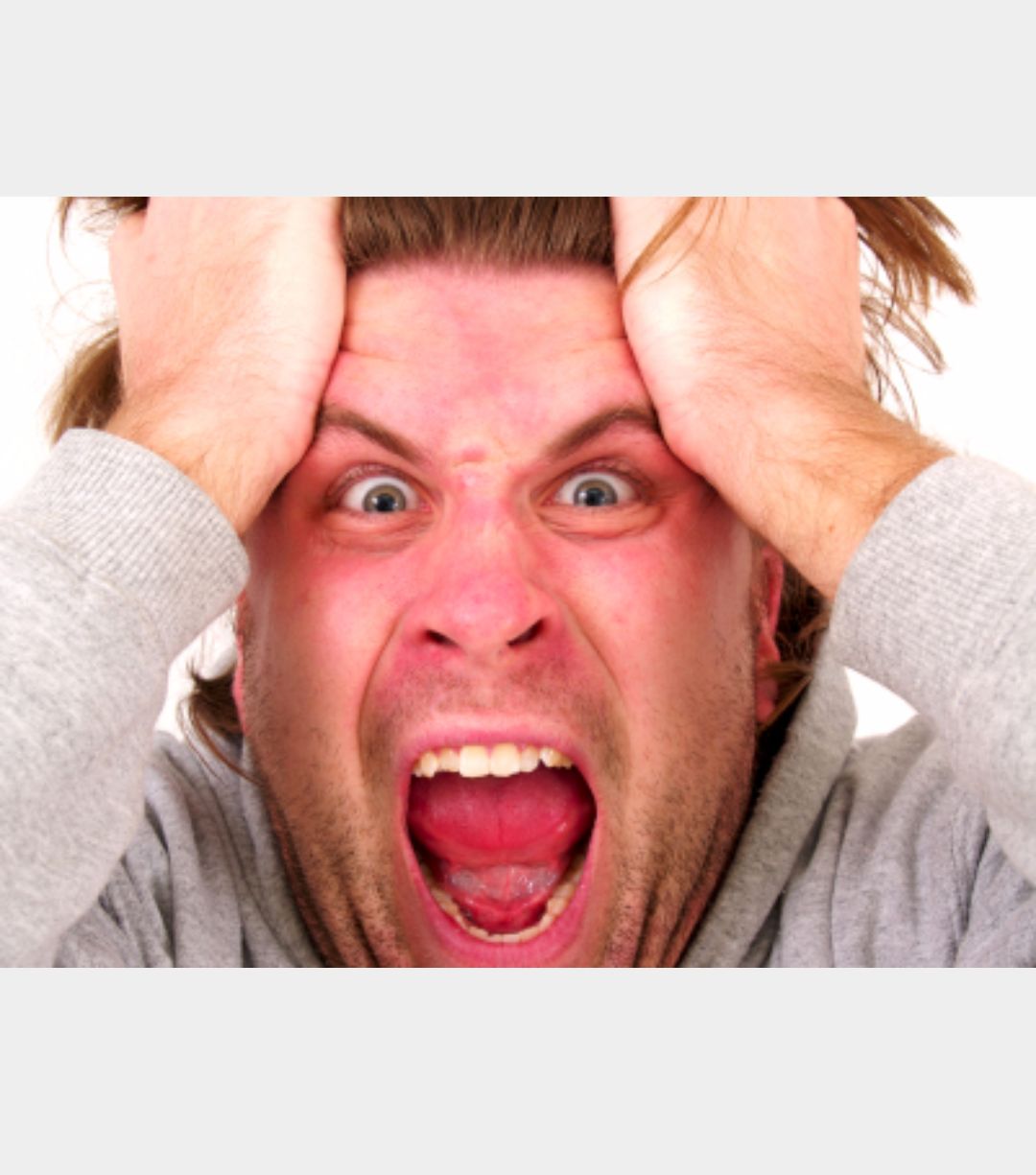
Pulling hair out Blank Template Imgflip
Hair-pulling, medically known as trichotillomania, is a psychological disorder that involves the irresistible urge to pull out one's hair. This condition can affect people of all ages, including women with various hair types. The Hair-pulling behavior can involve the scalp, eyebrows, eyelashes, or any other body area with hair.
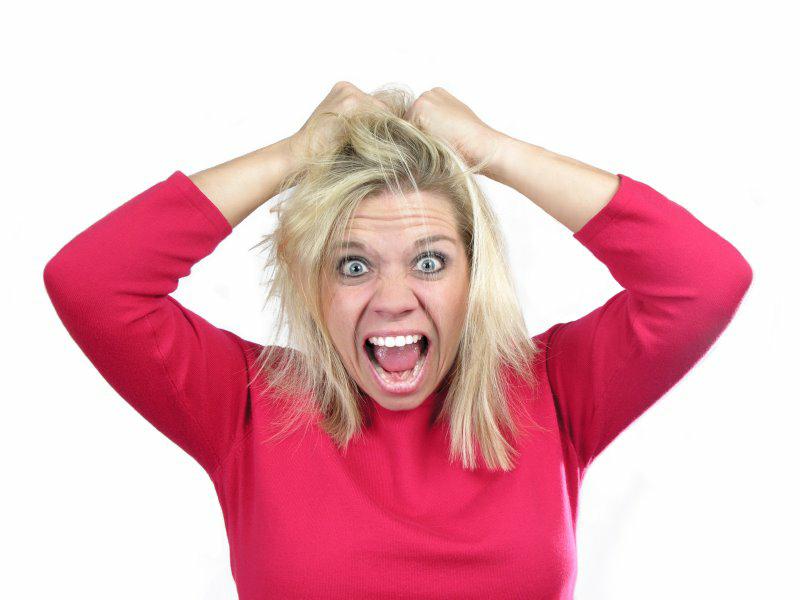
Pulling hair out Here Women Talk
Trichotillomania (trich), as defined by the Mayo Clinic, is "a mental disorder that involves recurrent, irresistible urges to pull out hair from your scalp, eyebrows, or other areas of your.
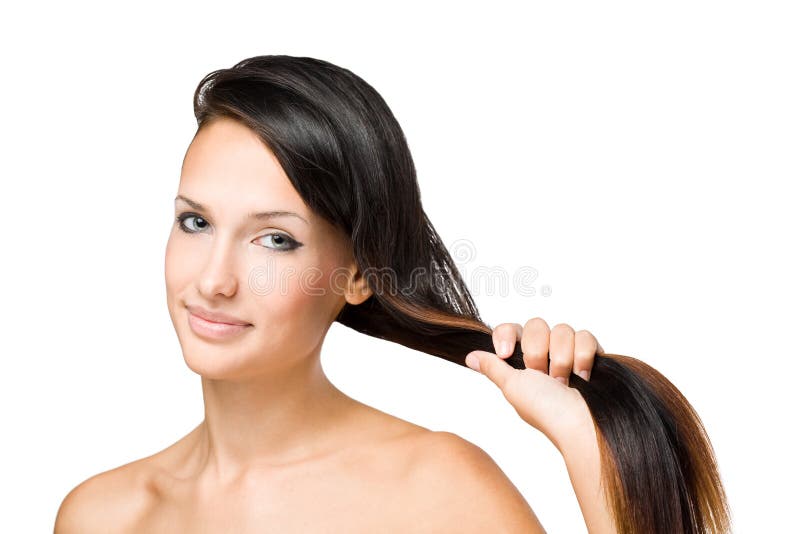
Pull my hair. stock image. Image of latino, attractive 26762041
First, prep your hair with a moisturizing heat protectant. Start by dividing the hair into top and bottom sections, then separate those down the middle. Next, take a 1-inch flat iron, and 1 to 2-inch sections of hair, and bend the iron downward, away from the face, to create natural-looking waves. Finalize the look with a texture spray to give.

How to pull back curly hair without destroying your curls
Trichotillomania is a common but underdiagnosed psychological disorder. People who have the disorder feel an uncontrollable urge to pull out their hair. Read on to learn about the causes and.

pullhairout • Ear Tags Images
Trichotillomania , also known as hair-pulling disorder, is a mental health condition that causes recurrent, irresistible urges to pull hair from the scalp, eyebrows, eyelids, and other areas of the body. Trichotillomania is classified under the category of "related disorders" in the Diagnostic and Statistical Manual of Mental Disorders, 5th.

6 Ways to Buy a Home Without Getting Ripped Off
Trichotillomania is a disorder characterised by an irresistible urge to remove or pull one's own hair, which results in alopecia ( hair loss ). Trichotillomania is also called trichotillosis or hair-pulling disorder. Who gets trichotillomania? Trichotillomania is estimated to affect up to 4% of the general population.

Man Pull Out Hair stock photo. Image of caucasian, male 13996108
Trichotillomania (TTM) is a mental disorder in which people feel an overwhelming need to pull out their own hair. Research suggests that 0.5 to 2 percent of people have TTM.
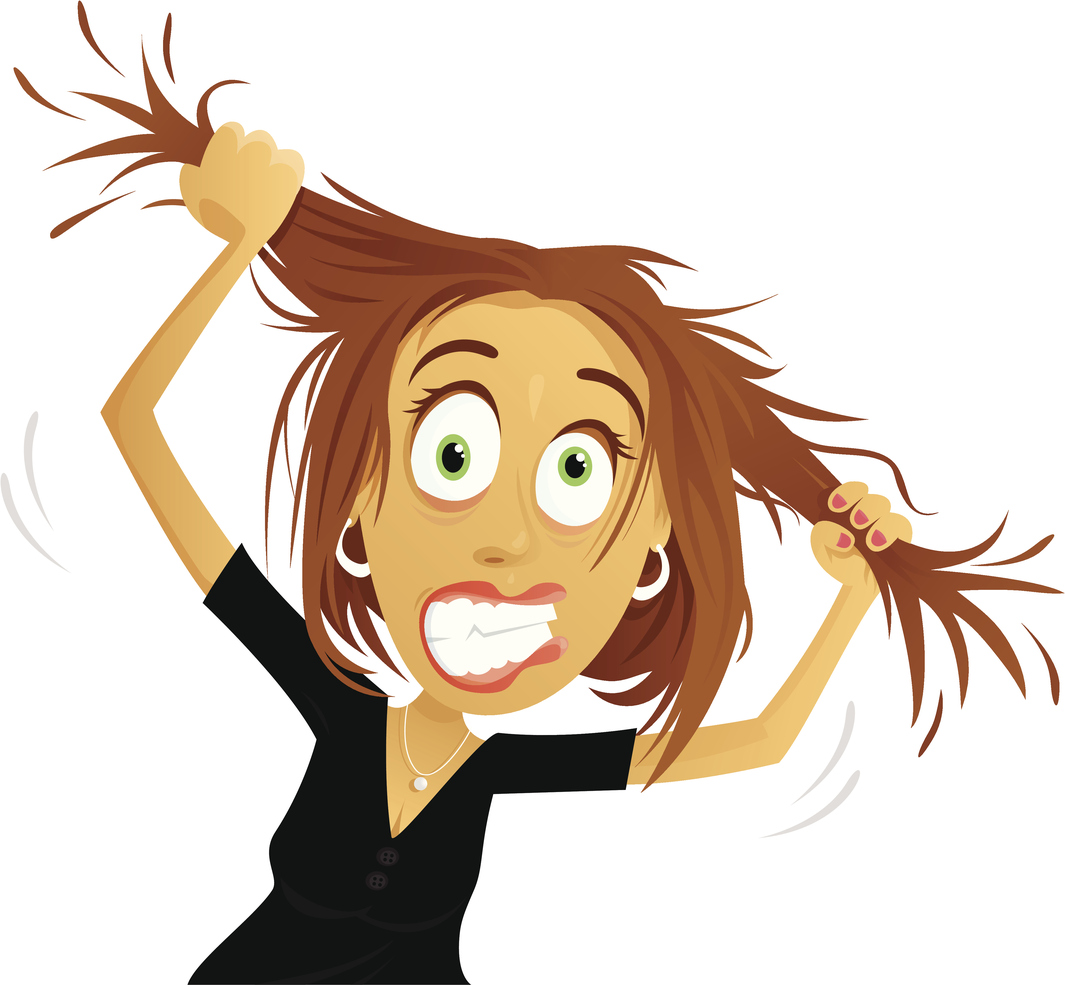
Artifact 3 Group Assignment Gone Wrong Athabasca University ePortfolio
When to call a doctor Many kids are infatuated with hair from a young age. Babies tug on their mom's tresses for a reaction, and toddlers yank on their friends' hair during playground disputes. It's a n expected part of development — and a reminder for people with long hair to keep it tied back around little ones with super grabby hands.

Pull My Hair. Stock Photos Image 26762073
Trichotillomania (TTM), also known as hair-pulling disorder or compulsive hair pulling, is a mental disorder characterized by a long-term urge that results in the pulling out of one's own hair. A brief positive feeling may occur as hair is removed. Efforts to stop pulling hair typically fail. Hair removal may occur anywhere; however, the head and around the eyes are most common.
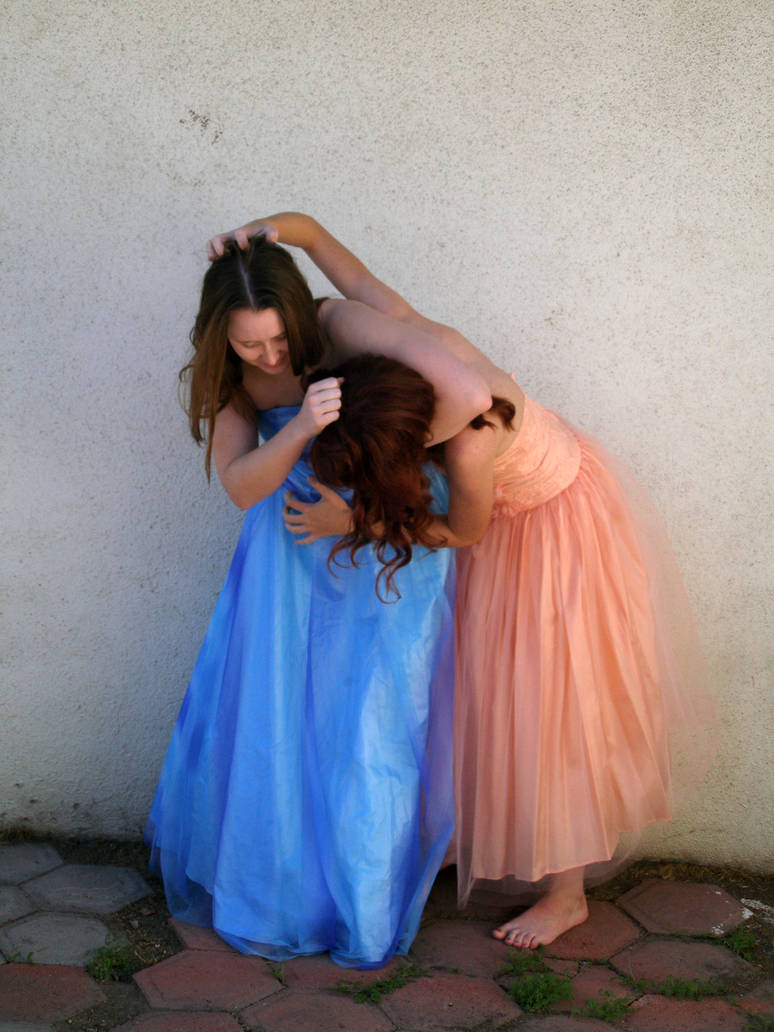
hair pulling by PhoeebStock on DeviantArt
Pull your hair back into two French braids as you normally would, and once you reach the nape of your neck, use bobby pins to secure your hair into buns. This hairstyle is effortlessly elegant for.

Pull hair out green dress stock image. Image of beautiful 33680977
After pulling out hair, my clients may even report feeling relief or satisfaction as they describe having "scratched an itch" or "pulled out a hair that didn't belong." Family and friends can find it perplexing that a loved one could find this habit pleasurable. Indeed, it could be a sign the person may be dealing with unresolved.